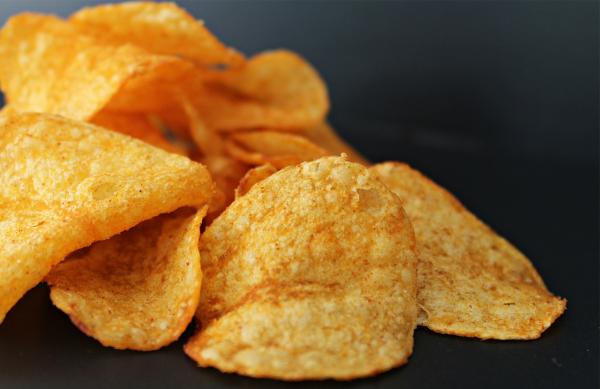Processed foods aren’t the greatest things to eat if you’re trying to be healthy, but they are convenient and easy to carry along with you from place to place and can also last a very long time. As Americans, we love to consume processed foods, but ever wonder how they stay fresh for so long? Well the answer to that comes down to the use of nitrogen gas in food packaging.
Nitrogen in Food Packaging
Have you ever left fruits or veggies on the counter for a few days and then they start to turn brown? Well, this is caused by oxygen. It’s a natural occurrence as oxygen acts as an oxidizing agent which leads to the spoilage of foods if not stored correctly. Bacteria need oxygen to grow and that same bacteria growth can cause harmful sicknesses and potential disease in people. So how does nitrogen fit into this and how does it stop foods from spoiling?
Nitrogen gas makes up about 78% of the oxygen we breathe every day, which means it’s non-reactive, non-odorous and non-toxic. It is used to displace oxygen in food packages through a process called nitrogen flushing. That’s why when you open up a bag of chips, there’s always about half the bag that’s empty. Since Nitrogen is abundant and easy to get a hold of, it’s an inexpensive way to preserve food for longer periods of time, specifically for food manufacturers that deliver to local grocery stores.
Modified Atmosphere Packaging (MAP)
Modified atmosphere packaging is the process of food packaging using nitrogen gas. When food is packaged there are different factors that need to be taken into account when figuring out how much nitrogen gas to use with each type of food.
Fruits, for example, require more “breathing room”, which means that they require a gas exchange to stay fresh. In that case, the fruits are typically packaged in a plastic material that allows for some gas exchange since plastic material is technically penetrable by vapor and gas.
When it comes to other foods like chips, they don’t require that same gas exchange as it’s a dry product, similar to spices or nuts. Foods like these you’ll typically find packaged in some sort of shiny plastic material which is actually made up of multiple layers to prevent any gas exchange. This allows the chips to stay fresh until the bag is opened.
MAP packaging allows manufacturers to package loads of foods and transport them to grocery stores by using nitrogen gas to increase the shelf life of the products. This allows them to travel greater distances, which means they can increase the number of stores they supply without delivering spoiled foods.
Conclusion
In the end, nitrogen gas helps preserve our food that we get in grocery stores. They help food keep their flavor, texture, smell and nutrients intact. Not only does it keep food fresh, but it’s also used to package other materials like drinks and medications. Because nitrogen is not toxic to us, it’s currently the best solution to food preservation.
At Wagner Welding, we provide nitrogen gas to various industries. We can help you with your nitrogen gas needs allowing you to find the right solution for your business. Call today to talk to one of our gas experts on how to get started 303-776-1491. Make sure to ask about our delivery services in the local area.
Sources:
https://www.generon.com/using-nitrogen-gas-in-food-packaging/
https://gaslab.com/blogs/articles/how-does-modified-atmosphere-packaging-protect-foods
https://www.peakgas.com/Articles-and-News/article/nitrogen-for-food-and-beverage

